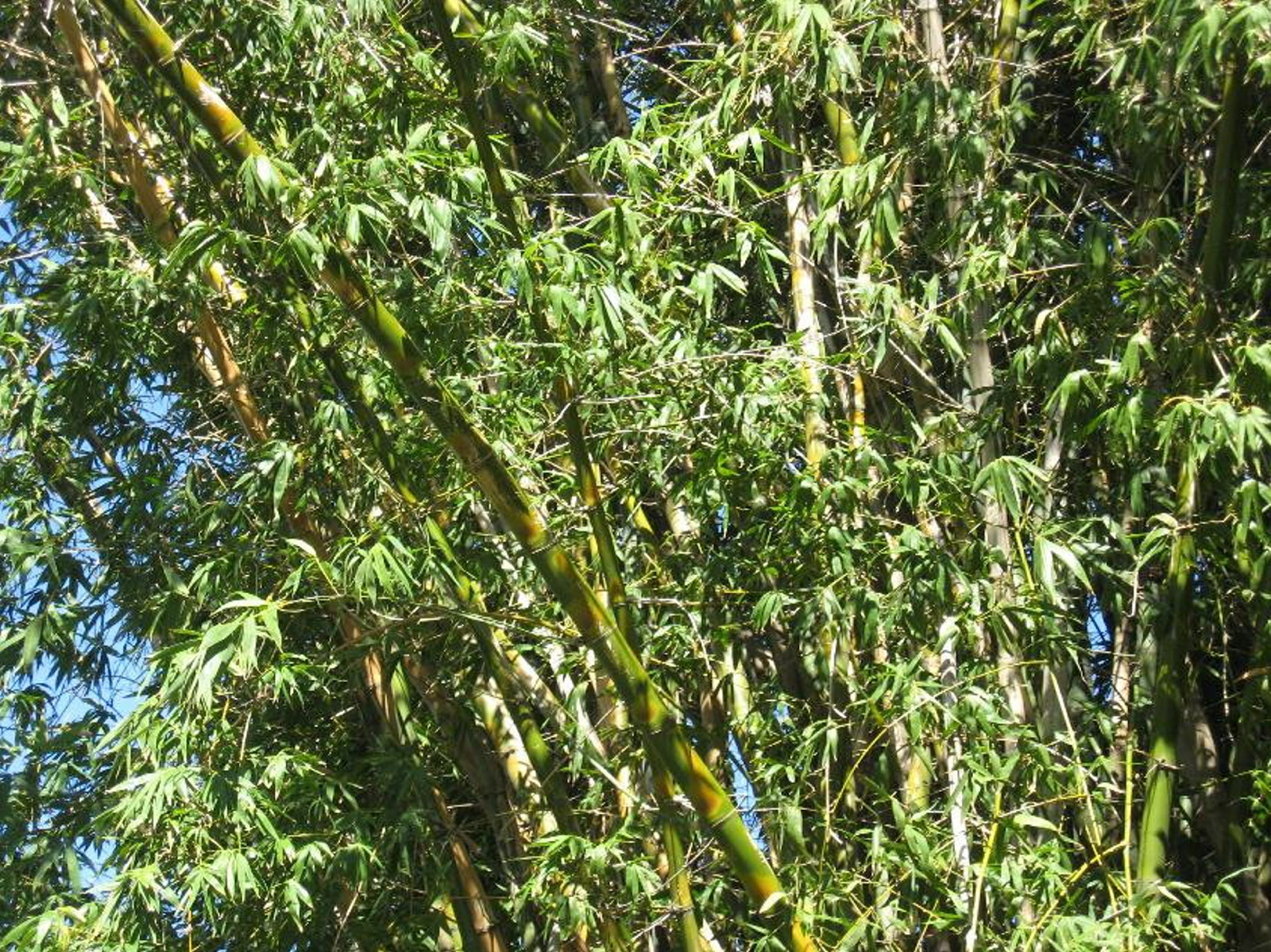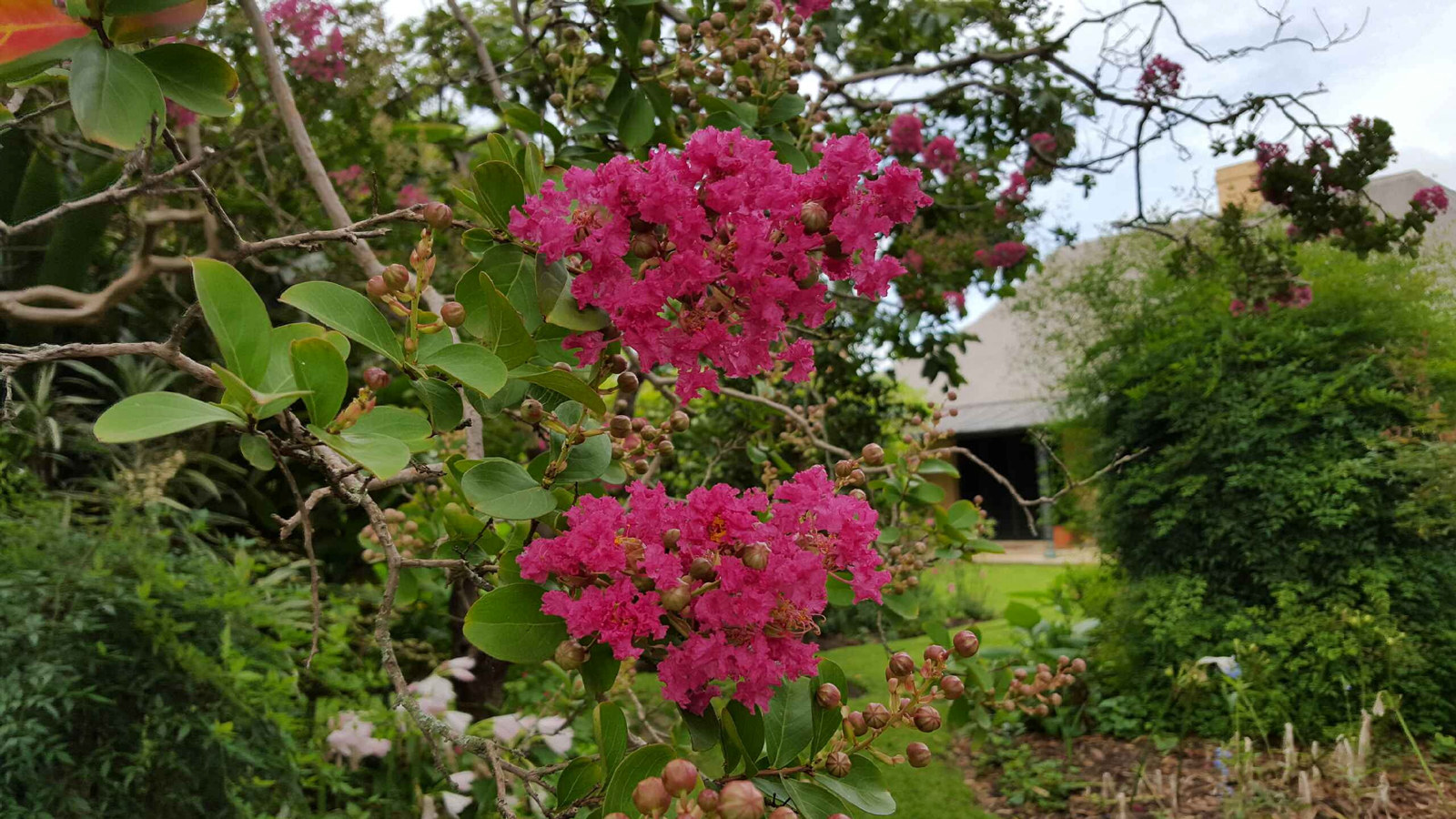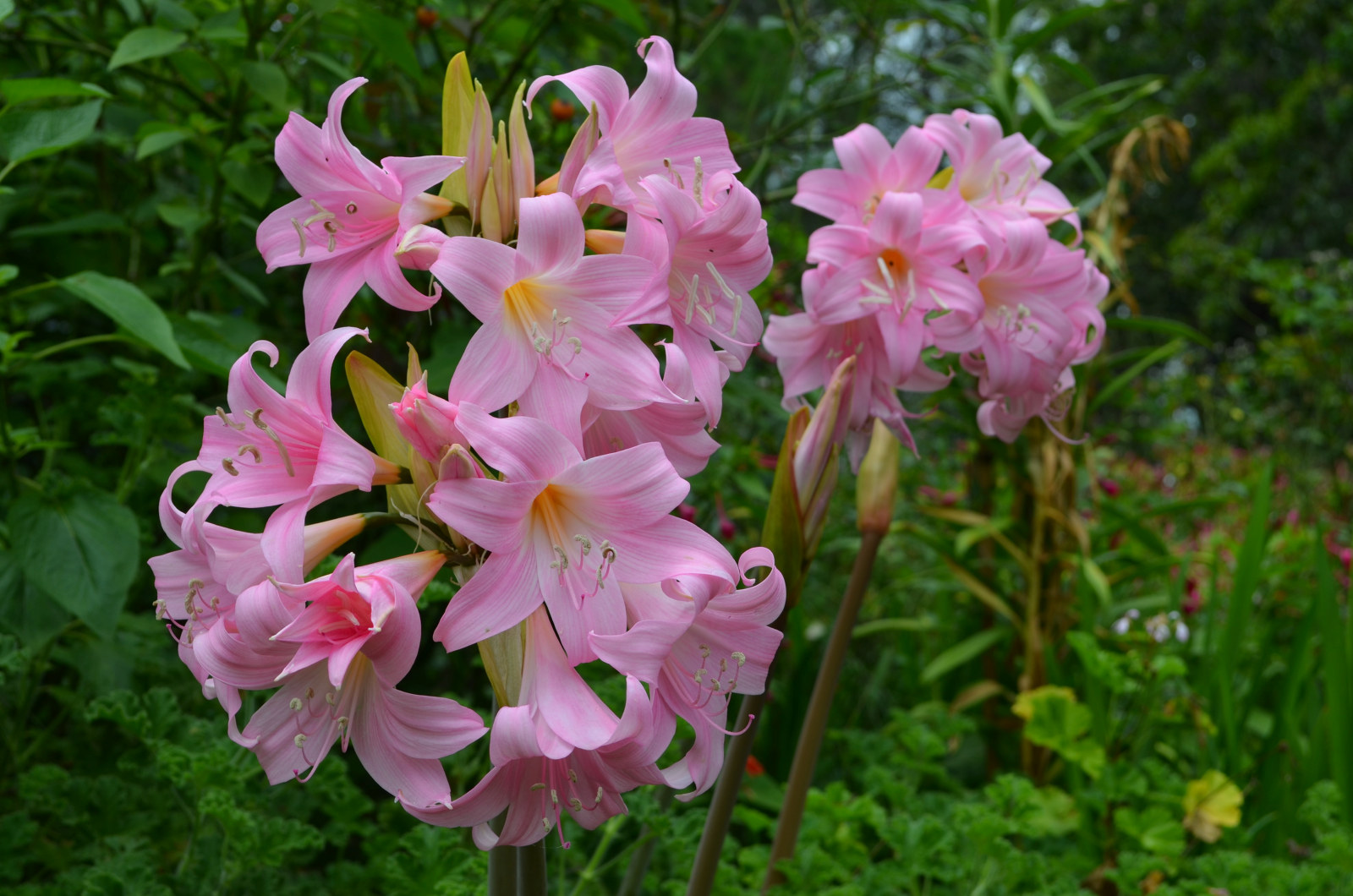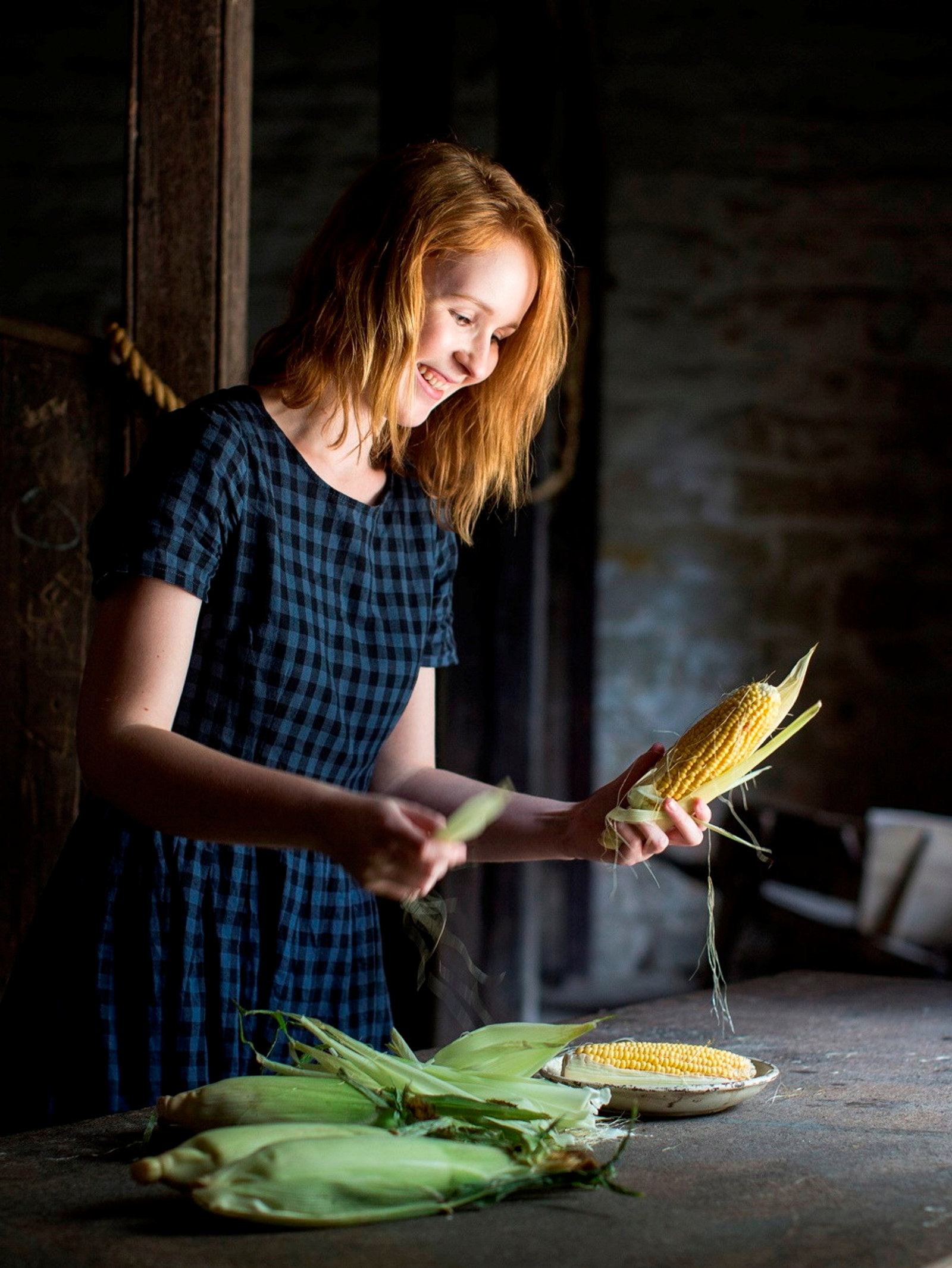From across the seas: the gardenesque at Vaucluse House
The pleasure garden at Vaucluse House, with its expansive green lawns and shrubbery of exotic curiosities, replicates one of the pinnacle movements of 19th-century horticulture – the gardenesque.
Developed by the influential Scottish-born landscape architect John Claudius Loudon, the popular style was a response, in part, to the flood of exotic plants available to Victorian-era gardeners. Displayed as geographically and aesthetically distinct ‘specimens’ to emphasise differences in foliage, flowers and form, the plants on show at Vaucluse House are fascinating examples of a period defined by prosperous ports, imperial politics, seafaring trade networks and exciting scientific discovery. The pleasure garden remains Sydney’s most complete surviving example of the gardenesque over 150 years later.
Cape Town, with its famous central garden established by the Dutch East India Company, was the final port of call for most ships plying the Indian Ocean route from Britain to NSW. When the Second Fleet stopped at the Cape in April 1790, Elizabeth Macarthur (travelling with her pioneering husband, John, settler of Elizabeth Farm) enthusiastically described the beauty of its flora:
In every plant I see something new; these works of nature at the foot of the mountains represent a beautiful shrubbery, where innumerable beautiful flowers & plants delight the eye and regale the senses.1
Plants from southern Africa became immensely popular in colonial NSW for their hardiness as well as their beauty. ‘Cape bulbs’ – a group of flowering plants that includes freesias, gladiolus and ixias – were collected with particular avidity. In 1841 William Charles Wentworth displayed Nerine undulata, a bulb from the Eastern Cape Province, at Sydney’s Floral and Horticultural Show.2
Plants from Asia, and especially China, have had some of the greatest impact on the character of Sydney gardens. At Vaucluse House a significant collection of 19th-century camellia cultivars is the most obvious Chinese inheritance.
The horticultural treasures of the millennia-long tradition of Chinese gardening were largely unfamiliar to Western gardeners until the Treaty of Nanjing in 1842 opened China to official trade channels. Despite the difficulties of access, well-connected NSW gardeners were able to introduce Chinese garden plants early – either from England or directly from the trading ports of Canton (Guangzhou), where foreign merchants were permitted from the mid-18th century, and the Portuguese outpost of Macao. Wild-growing species forms did not generally reach the West until later in the century, when plant hunters such as the famed Robert Fortune looked beyond the cultivated varieties found in Chinese gardens and nurseries.
The present prevailing taste for botany and horticulture, and the introduction, from other countries, of many new plants … [have] given rise to a school which we call the Gardenesque; the characteristic feature of which, is the display of the beauty of trees and other plants individually.
John Claudius Loudon (1783–1843), The landscape gardening and landscape architecture of the late Humphrey Repton, Esq.,1840.
Rio de Janeiro was the First Fleet's second port of call as it travelled from England to New South Wales. In August 1787, Captain Phillip stocked up on cotton, coffee, cocoa, prickly pear, and other crops of economic and agricultural importance from the Portuguese settlement, all of them intended for the future garden at the new penal colony in Sydney.
Ornamental plants from the vast South American continent, with its huge climatic and botanical diversity, were cultivated in the colony from the earliest years, as trading ships continued to ply the Rio–Cape Town–Port Jackson route.
Published on
Plant your history
Browse all
Plant your history
Beautiful bountiful bamboo
One of the most recognisable plants growing at Museums of History NSW today is bamboo. This colourful plant has a long history in colonial gardens

In the pink at Elizabeth Farm
Amid the late summer bounty in the garden at Elizabeth Farm, the crepe myrtle is the undoubted star of the show

Plant your history
Sumptuous cape bulbs light up late summer gardens
Belladonna Lilies and Crinum Lilies are tough bulbs that never say die and can survive years of neglect

Plant your history
Acanthus - an apt symbol for The Mint
Look at any classical building today, anywhere in the world and chances are you will find an acanthus leaf lurking somewhere
